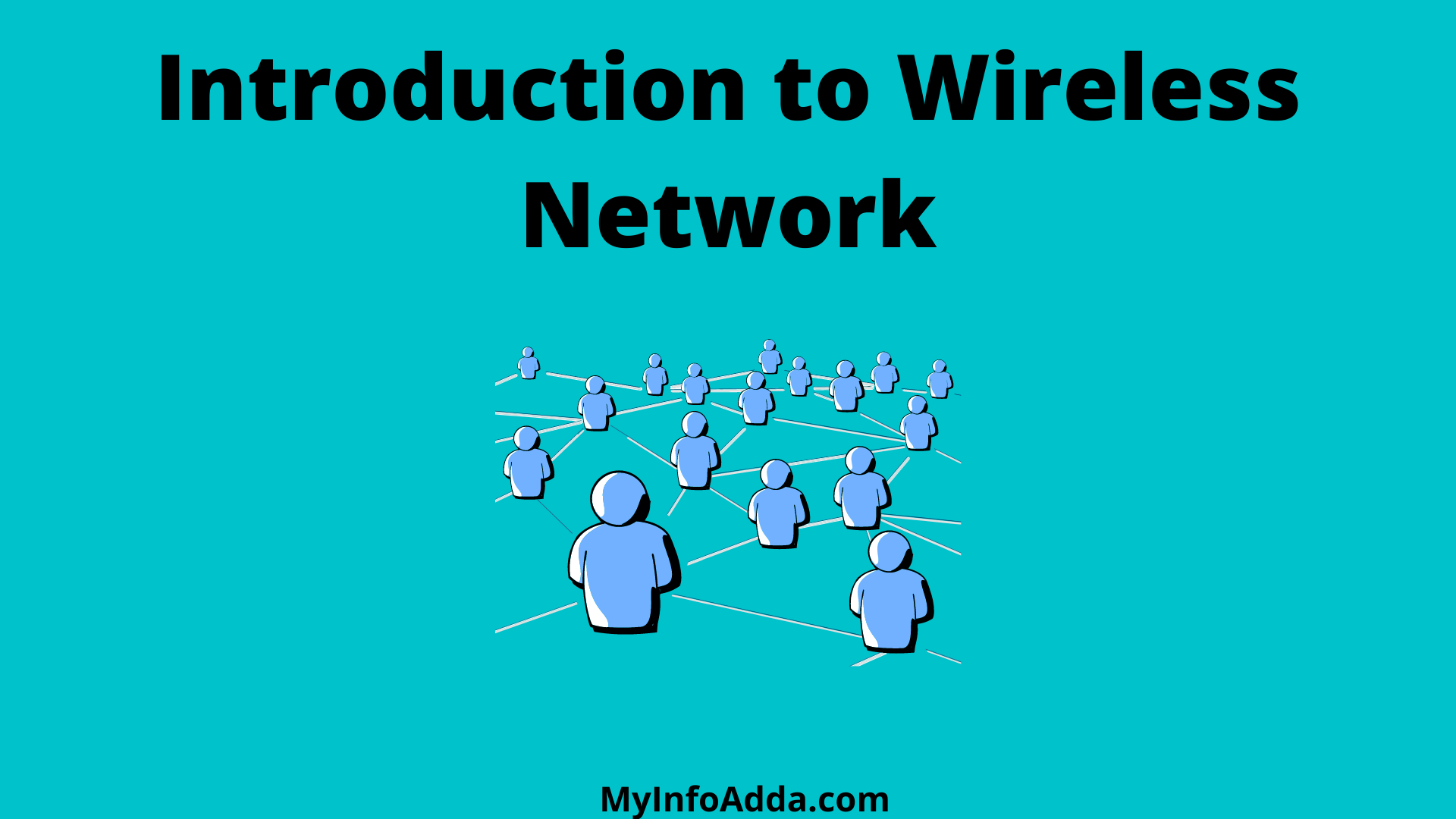Wireless network or WLANs have the same capabilities as the wireless connection to your computer.
Wireless networks or WLANs have the same status as the wireless connection to your computer. Because “ceiling” wires do not require expensive wires, the biggest advantage is that they are usually simple, fast and also cheap to install.
In comparison, network wiring is more difficult if wiring is installed on walls and office ceilings, so it may be more expensive. But even if you know or understand the air, wireless communication can be a useful way to expand or expand. Of course,most people will connect to the internet.
Wireless network Basics:
The operation of wireless networks uses radio frequency (RF) technology, usually in the form of electronic radios. When radio waves are applied to an antenna, an electric field is created that can propagate into the atmosphere.
Wireless networks come from devices called access point (AP). The receiver sends a wireless message that the computer can detect and “manage”. Because wireless networks are usually wireless networks, access to devices is usually connected via a wireless network. i.e., an Internet connection.
Your computer must have a wireless network card to connect to the Internet & to connect to a wireless network. You connect these batteries immediately to your computer, but only if you can connect your computer or notebook to a free media port, USB port, or notebook.
1. Wireless LAN
Wireless (WLAN) technology allows you to access the Internet at home/remote areas. Developed in the office & at home, WLAN technology is now used in stores & restaurants. The use of home networks has increased significantly as COVID-19 forces office workers, students, teachers & others to work & study at home.
Most home networking services are simple. The modem is connected to a fiber optic cable or fiber optic cable from your service provider. The wireless service provider connects to the modem and accepts the modem signal transmitted in the air as an 802.11 standard.
Corporate networks are complex. There is an access point (AP) on the roof, each of which delivers air to the surrounding area. A large office requires multiple access points, each connected to the back of the room via an Internet connection.
2. Wireless MAN:
International wireless networks have been set up to provide access to both domestic and non-commercial networks. These networks cover a wider area than the commercial or commercial networks, but the principles are the same. AP is close to home or phone, in the coverage area. AP connects to the Internet through a wireless network, and wireless is distributed throughout the region. Users connect to the nearest AP that distributes the link over the Internet connection.
3. Wireless PAN:
LAN wireless – up to 100 meters for applications. Bluetooth allows you to make wireless calls, connect your phone to your phone, or transfer lines between smart devices. Delivery is connected to the IoT network. Infrared technology has a few features. i.e., connecting remote objects to TVs.
Air carriers are constantly changing technologies & finding new ways to provide management services. These improvements result in high data rates as well as high bandwidth.
4. Wireless WAN:
Wireless WANs use mobile technology to access wireless/open network. These networks allow users to make calls over the local network or over the air. Users can also connect to the Internet to access Web sites or applications based on servers.
Long distance runners are available almost everywhere in the United States and many other cities. The network connects to the next cell connected to the Internet or another tower connected to the Internet.
Standards:
Because there are many technical principles of wireless communication, it is a good idea to do your homework before purchasing the equipment.
The most important principles:
802.11b: The first wireless communications technology, known as 802.11b (better known as Wi-Fi), first appeared in almost a decade, but it still works.
802.11g: The 802.11g model was introduced in 2003 and offers high performance (ie speed and mass) and is still the most common wireless network technology today.
802.11n: Another standard upgrade, 802.11n, is under construction and should be completed in 2009. Although the 802.11n standard is not yet ready, you can still purchase 802.11n-based products that can be upgraded later.
All types of Wi-Fi (802.11b product, generation) use the same 2.4 GHz radio frequency, they are compatible with each other, you often use devices based on different standards in the same air conditioning. The problem is that access to the old device often requires special settings, which in turn can reduce overall performance. Of course, you want all wireless devices, access points & computers to use the same technical standards & come from the same manufacturer if possible.
You may also like:
Android Vs iOS: Which is Better?
Red Chip Companies Include The New Energy Vehicle Industry In The Pilot







